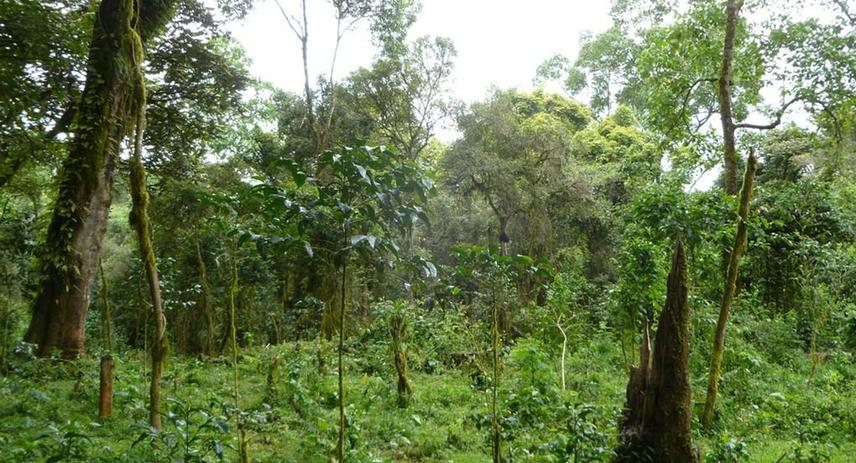Busha Teshome Tolera
Other projects
13 Jul 2017
Cluster Analysis of Wood Product Industry for Sustainable Forest Management in Ethiopia
2 Nov 2023
Community Based Forest Development for Wood Product Supply and Natural Forest Conservation in Jimma Zone, Ethiopia
Forests contribute to the livelihoods of millions of poor communities and having ecological attributes for the development of other sectors in Ethiopia. Despite the socioeconomic and environmental benefits that can be derived from forest resources; they are declining due to deforestation and forest conversion. The consequences of unsustainable forest destruction result in a shortage of wood and affect remaining biodiversity and contribute for extinction of flora and fauna and heavy soil erosion in the country. In this case, it was understood that the urgent need for intervention at the smallholder level to improve biodiversity conservation in reducing pressure from the remnant natural forest. Thus, this research is intended to investigate farmer’s perception in the management of the forest-farm interface mosaic landscape to enhance biodiversity conservation, contribute to the livelihoods and sustainable wood supply.

Intercropping forest and coffee in Seka Chekorsa, Jimma.
The remnant natural forests are still being converted and socio-economic disparities keep increasing to the detriment of rural areas of Ethiopia. Over decades, forest landscapes are being increasingly fragmented and resulting mosaic landscapes that have fragments of natural habitats. In response to this, the government has begun taking some measures to rehabilitate the degraded lands. However, the current state of biodiversity conservation, forest development and utilisation are unsatisfactory to provide the multiple uses and services. Among many reasons the ineffectiveness of sector-based programmes that ignore the cross-sector linkages between forestry, agriculture, nature conservation and economic development are causes for unsatisfactory achievements. The concept of forest landscape governance is currently being developed to stimulate such integration incorporating forest-farm relationships at the landscape level in land use planning. Hence, sustainable conservation and utilization of the remaining natural vegetation resources and rehabilitation of those that have already been degraded would provide economic, social and ecological benefits. Understanding farmer’s perception of natural resource management is one of the important factors to have effective natural resource conservation intervention.
However, there is a gap in documenting existing smallholder’s forest farm interface landscape management practice in Ethiopia in general and in Jimma zone study area in particular. The present study is, therefore, aimed at filling the information gap by assessing the interaction between forests and agricultural land management practices for biodiversity conservation and wood product supply for the benefit of rural poor natural resource dependent community in Jimma zone, Ethiopia.